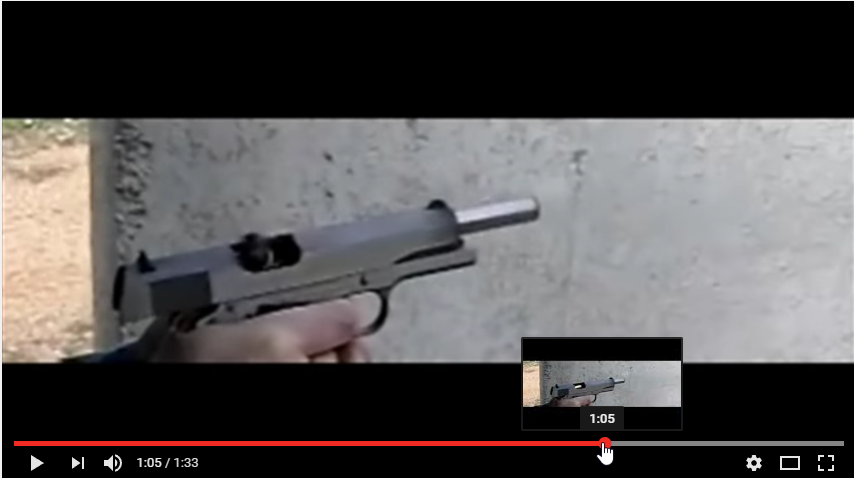Kevinfreem
New member
Hey guys. I am still fairly new to reloading. I have a Dillon 650 with the setups for 9 mm and .45 acp. I have reloaded and shot something like 700 rounds of 9mm and never had any problems. I reuse purchased factory brass and really have fallen in love with it. I shoot a .45 h&k usp and picked up all my brass but I noticed that when I cleaned and started sorting my brass, I have a ding in the side of the shell. It is a small dent, mostly cosmetic but it is not in the same place, which leads me to believe that the dent is occurring when the empty shell is extracted after firing. I know that is a long winded explanation but my question is whether I am ok to reuse those shells in my reloader. When reading manuels they seem to act like the world will end if the brass even has a slight beauty mark but I noticed some small marks on my 9m shells and I never had any issues. Do I need to just throw all of these used shells away? Is there a fix I can use like smoothing the edges of the extractor area with a dremel tool so that the edges aren't as sharp?

